________________________________________________________________________________
T A L L EY A B B E Y
Talley was founded in the 1180s by Rhys ap Gruffydd (‘The Lord Rhys’, native ruler of thesouth Wales kingdom of Deheubarth) for the monks of the Premonstratensian order.
Visit Date August 2022
________________________________________________________________________________
Originally Colonised by a small group of canons from the house of St John at Amiens in north-east France. Talley Abbey was the first and only abbey in Wales for the Premonstratensians, monks who were also known as the ‘White Canons’ from the colour of their habit.
The Order was founded in 1120. In 1126, it received papal approbation by Pope Honorius II.
The Abbeys history is not a tranquil one but was something of an unholy struggle.
Abbot Peter of Whitland abbey, envious of the Talley estates launched a hostile takeover of the land and there was a legal battle between the White Canons and the rival Cistercians he supported.
The plans to construct a grand church at the heart of their new abbey were interrupted for nine years.
The White Canons did eventually win but the financial cost was great and with little help then coming from Lord Rhys' they were almost bankrupt, and it is unlikely the full church was ever completed.
There were 4 individual chapels within the structure. The remains of two can be seen in the image above.
The first war of independence in 1277 won by Edward I ensured that the Premonstratensian lost their Welsh sponsorship and the remote Talley only just survived being sustained by income from the churches it served.
The abbey was dissolved by Henry VIII and the structure was mined by the villagers for stone to build much of the present village and the church next to the abbey. The Abbey as can be seen is now in a quite ruinous state, but the majesty of the tower can still be seen.
The beautiful white church on the site now is Eglwys y Plwyf Talyllychau (Talley Parish Church).
The Abbey was once claimed to be the site of the grave of the medieval Welsh poet Dafydd ap Gwilym.
The two lakes near the abbey ruins, which were used for fish farming to support the community of monks run alongside the church and abbey and add to the natural beauty of the site.
Footer:Visit Information: -
Google Reference: -
51.97664362266242, -3.9918785275528212
What Three Words reference: -
///stance.decimal.cabinet
OS Details: -
SN 63273 32774 Altitude: 369 ft
Additional information.
This is a fine ruin in a beautiful small little village and is a must if in the area.
There is a small car park for 2 or 3 cars outside the abbey walls. It is a great area to explore and stroll and the terrain is very flat and easy. A visit to the church is also a must. There is a small community cafe and toilets alongside the site.


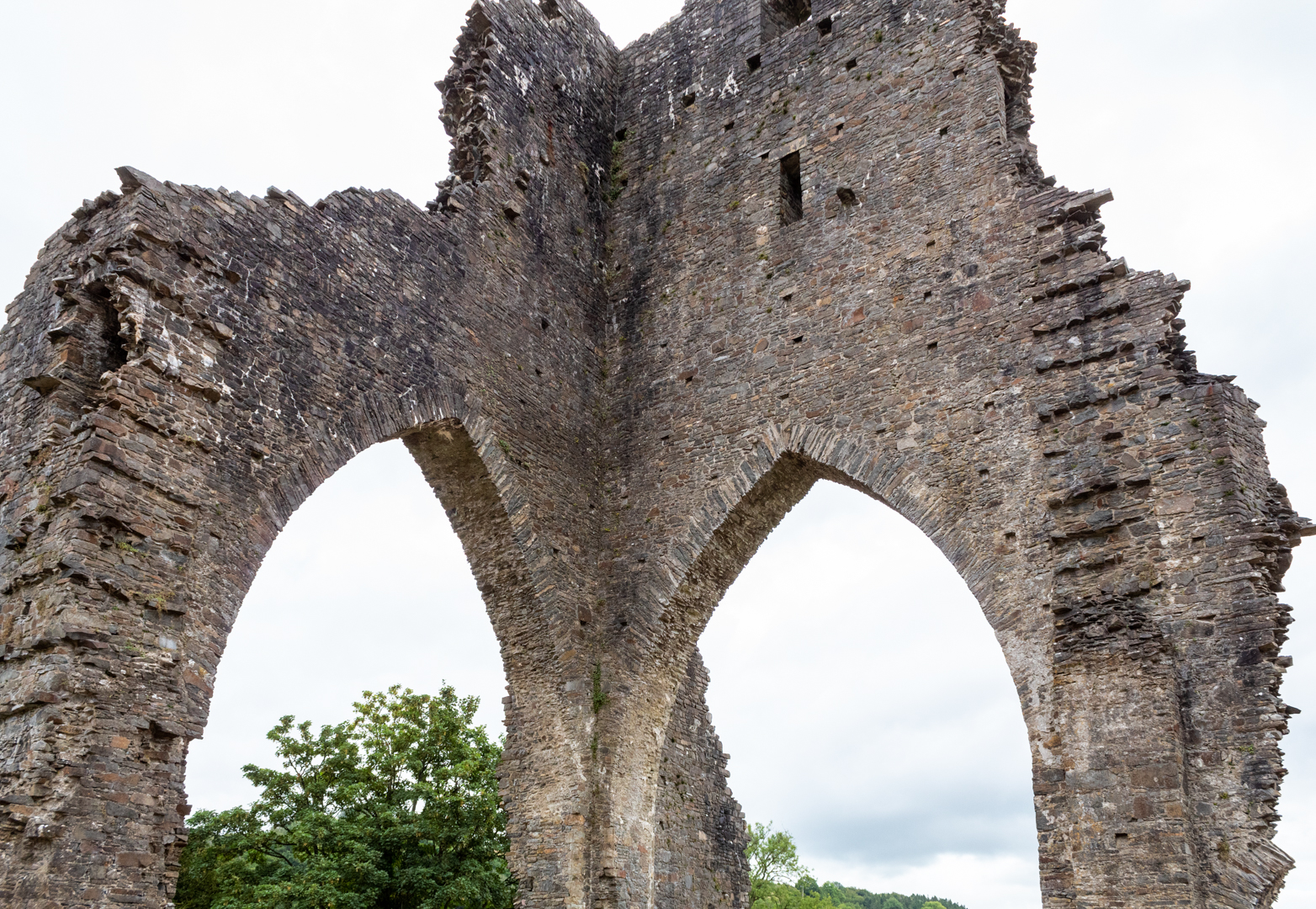
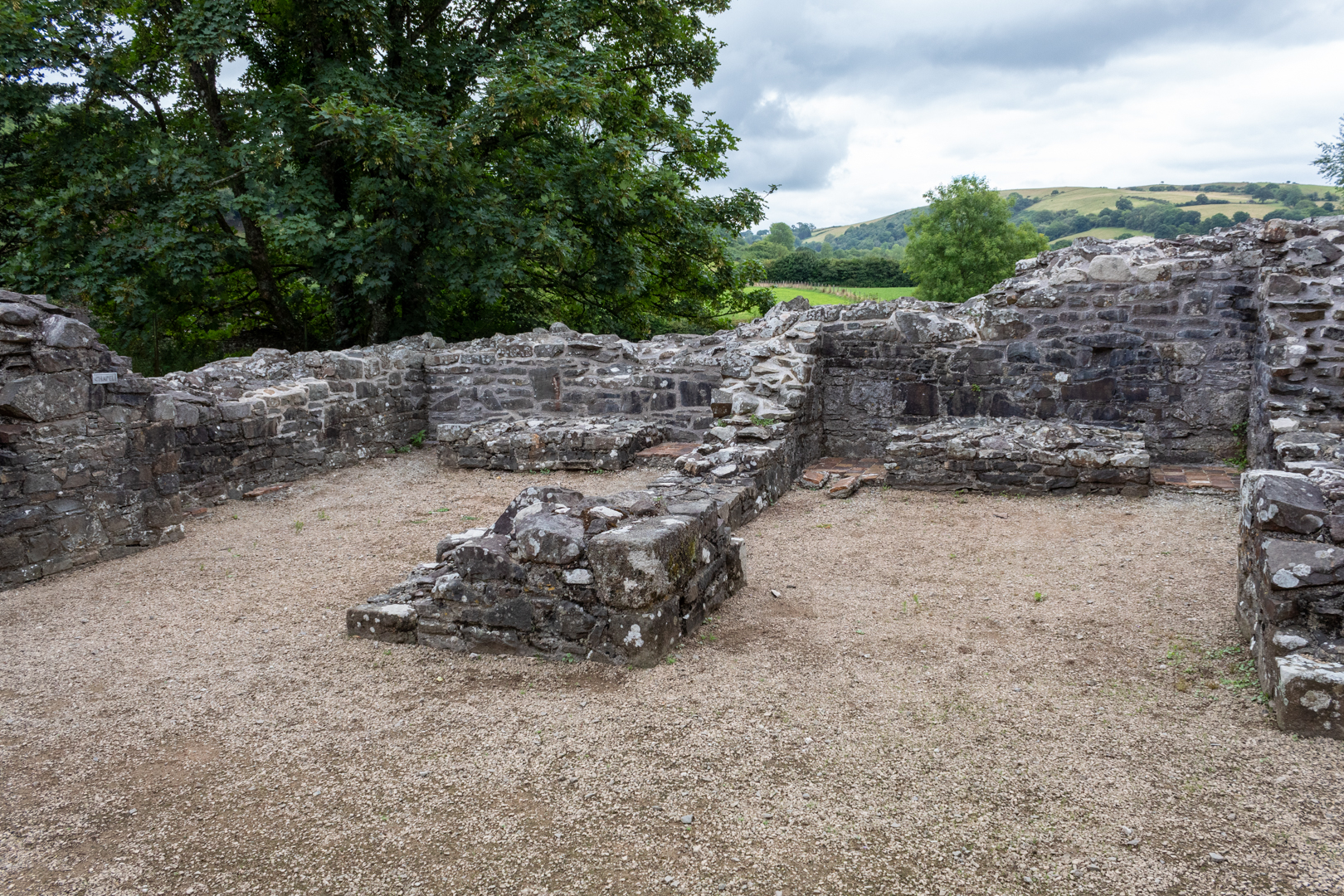
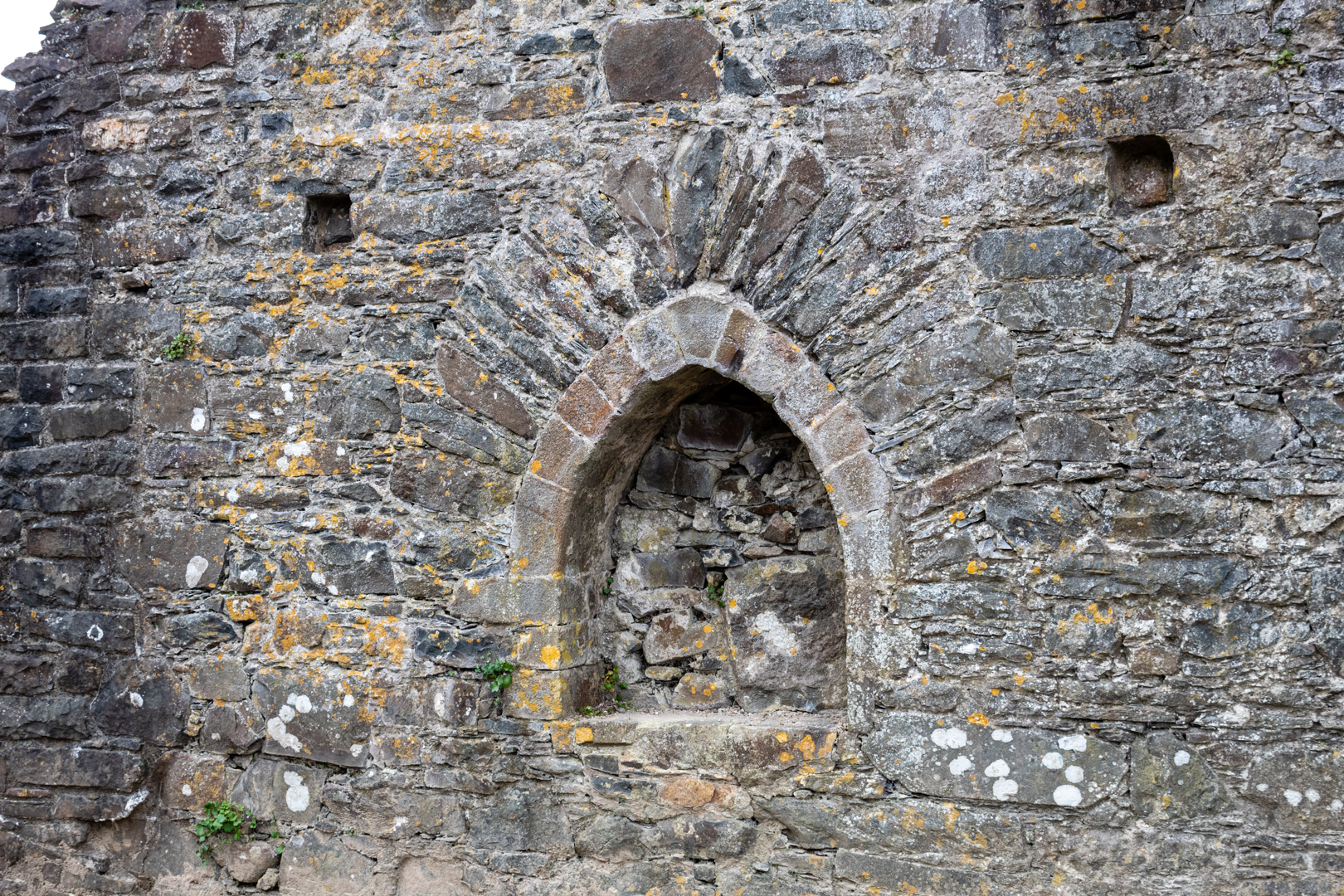
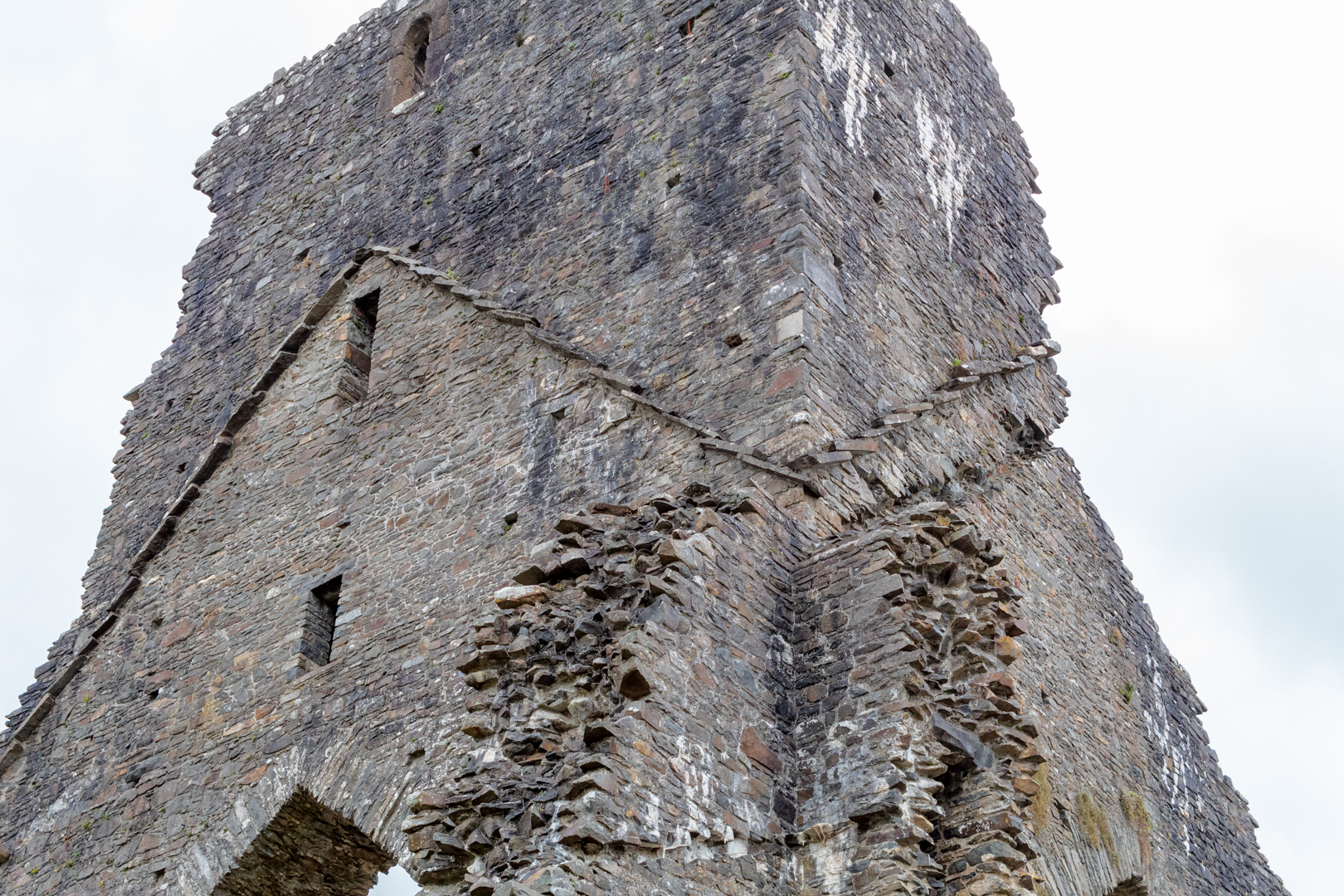


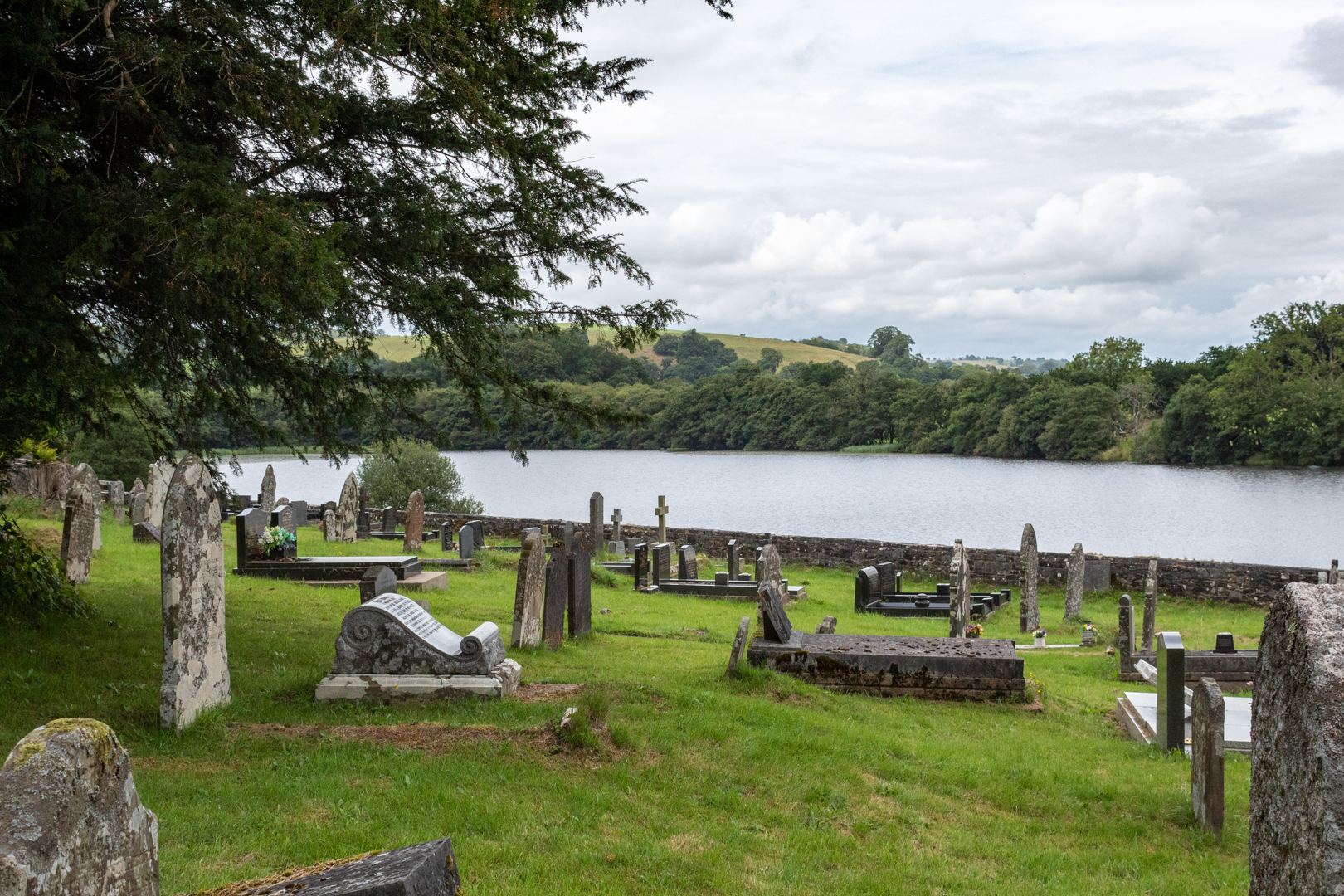
Great post. Great little ruin and beautiful church. Had to look it up on a map. Surprisingly near my old family home, amazed I have never heard of it.
ReplyDeleteYes a very nice place to visit.
Delete